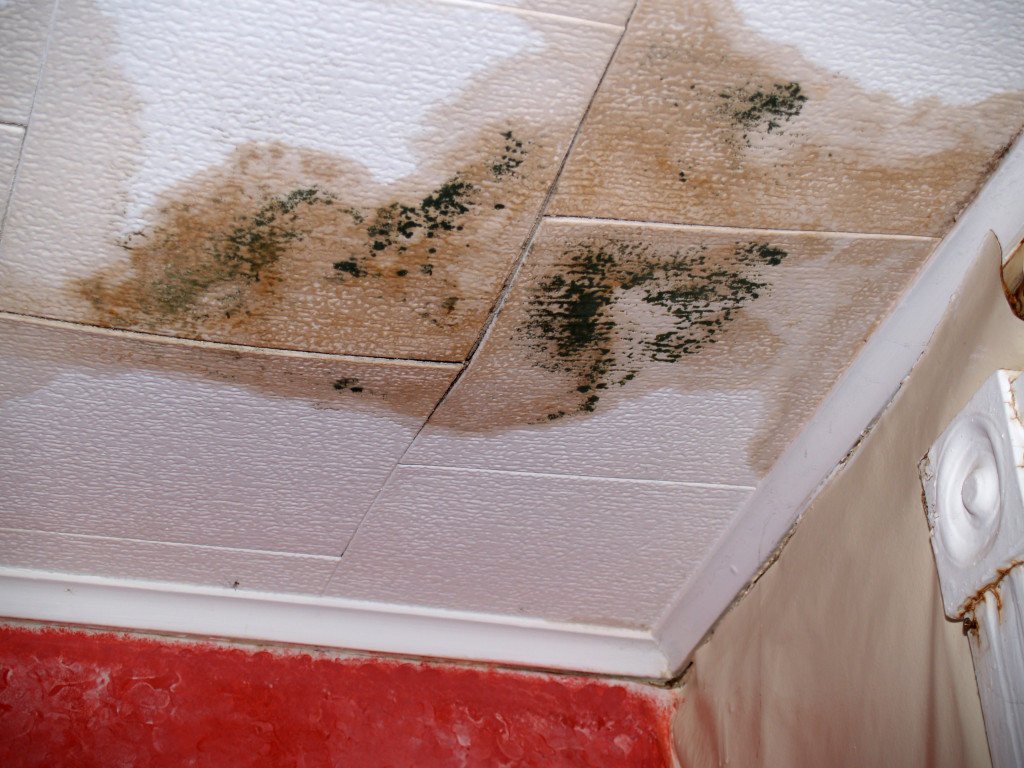- Allergies can cause a wide range of symptoms and can be disruptive to daily life, so it’s crucial to identify and manage allergens in the home.
- To reduce dust mite levels, vacuum regularly with a HEPA filter and wash bedding and curtains with hot water (at least 130°F).
- To avoid mold or mildew, check your roof to prevent water from seeping inside and ensure the house is well-ventilated.
- To avoid cockroaches, practice good sanitation and seal off any cracks or crevices where they can hide.
- Consult an allergist for proper diagnosis and treatment, such as medications, allergen avoidance, immunotherapy, or lifestyle changes.
Allergies can be incredibly disruptive to daily life. They can cause various symptoms, from physical discomfort to mental stress. If you see signs of allergies, it’s crucial to identify and manage allergens in the home. Knowing what is causing the allergy will help you create an environment that is more comfortable for everyone in the house.
Common Causes of Allergens in Homes
There are many common causes of allergens in homes, such as dust mites, pet dander, mold and mildew, pollen, cockroaches, and even building materials like insulation or paint. To help identify which of these might be the source of your allergies, it’s best to start with a thorough inspection of your home—including all rooms, closets, cabinets, furniture, carpets, and rugs—to look for any evidence that could indicate what is causing your allergies.
Dust Mites
Dust mites are one of the most common causes of allergies in homes. These microscopic bugs feed on dead skin cells found in dust particles (hence their name) and can easily trigger allergic reactions in sensitive people.
To reduce dust mite levels at home, it’s important to vacuum regularly with a HEPA filter vacuum cleaner and regularly wash bedding and curtains with hot water (at least 130°F). You might also consider investing in dust-proof covers if you have upholstered furniture or carpets that cannot be cleaned frequently.

Mold & Mildew
Mold and mildew are other familiar sources of allergens found inside homes. Mold thrives in damp areas such as basements or bathrooms with high humidity or poor ventilation. Mildew can also develop on clothes that are wet for too long or stored away without being cleaned properly.
Avoiding mold or mildew can be challenging. But there are many ways to approach this problem. First, consider getting your roof checked. A leaking roof is one of the leading reasons for mold in your home. Local roofers can help fix that problem. They can check for any damage or weak spots and seal them to stop the water from seeping inside.
It’s also essential to ensure your house is well ventilated, so air can circulate properly and reduce moisture levels. Additionally, you should regularly inspect damp areas like basements, bathrooms, and kitchens to identify mold growth early on.
Pollen
Pollen is another common allergen found in homes. It can come from plants inside the house, like flowers or houseplants, and outdoor sources, like grass, trees, and weeds. To reduce pollen levels inside your home, keep windows closed during peak pollen hours and vacuum regularly with a HEPA filter vacuum cleaner. Removing plants or flowers that can collect pollen is also a good idea.

Cockroaches
Cockroaches are another common source of allergens. They not only feed on different kinds of waste but also carry bacteria and other particles, which can cause allergies in people who are sensitive to them.
These pests can live in almost any part of your home, from the kitchen to the bathroom or furniture. To keep them away, practice good sanitation. Clean up any food waste and seal off cracks and crevices where they can hide. Regularly inspect your home for evidence of cockroaches—like shed skins or droppings—and contact a professional pest control company if needed.
Treating Allergies
If your family suffers from allergies, it’s best to consult an allergist for proper diagnosis and treatment. There are various ways to deal with allergies. Here are some of them:
- Medications: A wide range of drugs are available to help reduce allergy symptoms, such as antihistamines, nasal sprays, and corticosteroids.
- Allergen avoidance: Avoiding allergens is the best way to prevent allergic reactions. Identifying the source of your allergies can go a long way in creating an environment that is more comfortable for everyone in the home.
- Immunotherapy: involves regular injections of minimal allergens to gradually desensitize a person’s immune system and reduce allergy symptoms over time.
- Lifestyle changes: Simple lifestyle changes, such as avoiding certain foods or wearing protective clothing outdoors, can help reduce allergic reactions.
Allergy-Free Home
The key to treating allergies is identifying their source and minimizing exposure. Understanding what causes your allergies and taking steps to reduce allergens in your home can help create a healthier and more comfortable environment for everyone.